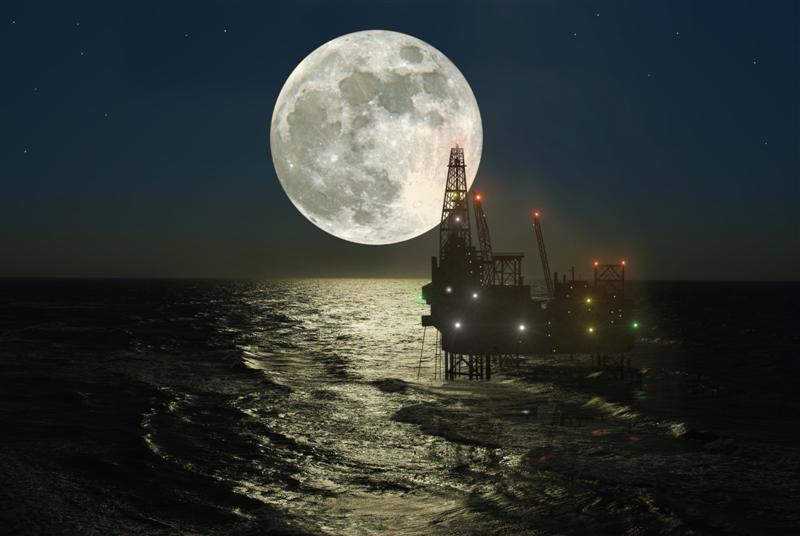Oil Projects
 Oil rig at sea (Photo: GettyImages)"A liquid substance that is greasy to the touch and formed by the breakdown of fats in fossil organic material: Oil."
Oil rig at sea (Photo: GettyImages)"A liquid substance that is greasy to the touch and formed by the breakdown of fats in fossil organic material: Oil."
This broad definition for oil is valid from everything between crude oil, the black flammable liquid sought by drilling, to the yellow vegetable oil used in cooking.
Hydrocarbons - as they are often called - are in the broadest sense organic compounds of hydrogen and carbon. These exist in earth's subsurface in either liquid form – which is called (crude) oil or petroleum, or they exist in gaseous form, then called natural gas.
The "tool" to find deposits of oil or gas is the scientific branch of petroleum geology. Petroleum has a reputation as "Mother of all Commodities" as a number of materials are produced on a petroleum base – such as petrol, kerosene, plastics, medicines, basically all forms of organic chemicals. It is the most traded good amongst humans on this planet, followed by coffee and then natural gas. It is also the leading energy source of mankind: The combustion of fossil fuels—coal, oil, and natural gas—provides by far the largest portion of the current supply of energy.
Within the Arctic, oil is today mainly found in three regions: The Beaufort Sea coast (North Slope of Alaska and the Mackenzie Delta of Canada), the Canadian north-eastern Arctic (Nunavut), and northwest Russia.
In 2008, the US Geological Survey published an estimate of the undiscovered deposits in the Arctic. The impressive result was, that the area north of the Arctic Circle is expected to hold an estimated 90 billion barrels of undiscovered, technically recoverable oil, 1,670 trillion cubic feet of technically recoverable natural gas, and 44 billion barrels of technically recoverable natural gas liquids in 25 geologically defined areas thought to have potential for petroleum.
These resources account for about 22 percent of the undiscovered, technically recoverable resources in the world. The Arctic accounts for about 13 percent of the undiscovered oil, 30 percent of the undiscovered natural gas, and 20 percent of the undiscovered natural gas liquids in the world. About 84 percent of the estimated resources are expected to occur offshore.
Since fossil fuels are not renewable source of energy, their price and costs of production increase in line with increased consumption and diminishing known reserves. This leads to pressure to explore oil from territories earlier regarded as inhospitable. The Arctic and its resources are thus coming into focus: Depending on oil prices and the supply of oil from existing producing regions, such as the North Sea and the Middle East, there will likely be an increasing pressure to develop the Arctic reserves. There can already be seen strong indications that Arctic becomes one of the main sources of oil and gas in the twenty-first century.
Sources: UArctic US Geological Survey Trade Commodities Ehow National Energy Board of Canada








